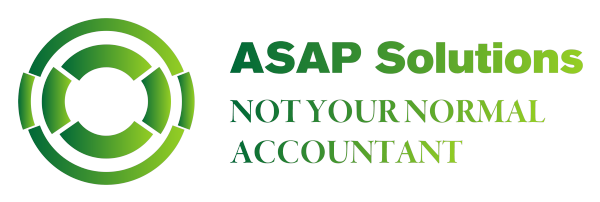Working as a support worker can be hugely rewarding. Whether you have worked in the profession for a long time or just starting out, it is important to know what extra benefits you may be eligible for. Beyond the many advantages of personal satisfaction, advancement opportunities and the development of interpersonal skills, there are a variety of fringe benefits that may be available.
So, what is a Fringe Benefit?
Fringe benefits are additional forms of compensation beyond regular salary or wages that employers offer to their employees. Examples of these benefits include health and dental insurance, life insurance, disability insurance, housing allowances, education assistance programs, childcare programs, employee discounts, and more. Employers provide fringe benefits as a means to attract and retain skilled employees and to enhance job satisfaction. These benefits also serve as a way for employers to express their gratitude for employees’ commitment and efforts, fostering loyalty and boosting morale within the workplace.
There are different types of fringe benefits, these include:
- allowing an employee to use a work car for private purposes
- providing car parking
- paying an employee’s gym membership
- providing entertainment by way of free tickets to concerts
- reimbursing an expense incurred by an employee, such as school fees
- giving an employee a discounted loan
- giving benefits under a salary sacrifice arrangement with an employee.
The following are NOT fringe benefits:
- salary and wages
- employer contributions to complying super funds
- shares or rights provided under approved employee share acquisition schemes
- employment termination payments (including, for example, the gift or sale at a discount of a company car to an employee on termination)
- payments deemed to be dividends under Division 7A
- benefits provided to volunteers and contractors
- exempt benefits, such as certain benefits provided by religious institutions to their religious practitioners.
What taxes have to be paid on Fringe Benefits?
In Australia, it is the employer’s responsibility to ensure that the correct amount of tax is paid on any fringe benefits provided. Employers are required to pay Fringe Benefits Tax (FBT) on certain benefits given to employees, their families, or other associates. This applies even if the benefit is provided by a third party under the employer’s arrangement. The amount of FBT to be paid is determined by the taxable value of the fringe benefit and must be self-assessed and reported through an FBT return for each financial year (April 1 to March 31).
Making the most of your salary
To unlock the full potential of your income as a disability, aged care support worker or not-for-profit employee using salary packaging has many benefits. This ATO-approved method allows you to minimise your tax obligations on specific expenses. If you work in the not-for-profit sector, you have the opportunity to salary package and enjoy savings on a wide variety of daily costs.
The main benefits include:
1. Saving on everyday living expenses
Want to enjoy tax savings on everyday living expenses such as mortgage, rent, bills or other everyday items? The great news is you may be eligible! You may be able to access salary packaging up to $15,900 every Fringe Benefits Tax (FBT) year (1 April – 31 March) for expenses like these.
2. Meal entertainment benefits
Did you know it’s possible to save money while enjoying a meal out? Via salary packaging meal entertainment benefits can provide the opportunity to enjoy tax-free savings and potentially save hundreds of dollars each Fringe Benefits Tax (FBT) year. With a salary package of up to $2,650 for meal entertainment expenses. Take advantage of this opportunity from 1 April to 31 March.
3. Car leasing
Salary packaging of a car, also known as a novated car lease, is one of the easiest and most cost-effective ways to buy and run a car. With a novated lease, you pay for your vehicle expenses using a combination of your pre and post-tax salary. This could reduce your taxable income and the amount of tax you pay.
Fringe benefits play a pivotal role in creating a supportive and attractive work environment for support workers. They not only supplement the basic salary but also enhance the overall remuneration package, making a position more appealing. Additionally, these benefits contribute to improved employee well-being, job satisfaction, and loyalty. For those who often work in demanding conditions, fringe benefits like health insurance, education assistance, and childcare programs can significantly improve their work-life balance. Employers providing these benefits demonstrate a deep respect and appreciation for their employees’ commitment and hard work, fostering a positive and productive workplace.
If you need assistance with your tax or have any queries regarding fringe benefits, get in contact with Amanda today and book a chat.
This blog post is intended for informational and educational purposes only. The information provided in this blog post should not be taken as professional accounting advice or recommendations.
Liability limited by a scheme approved under Professional Standards Legislation.












